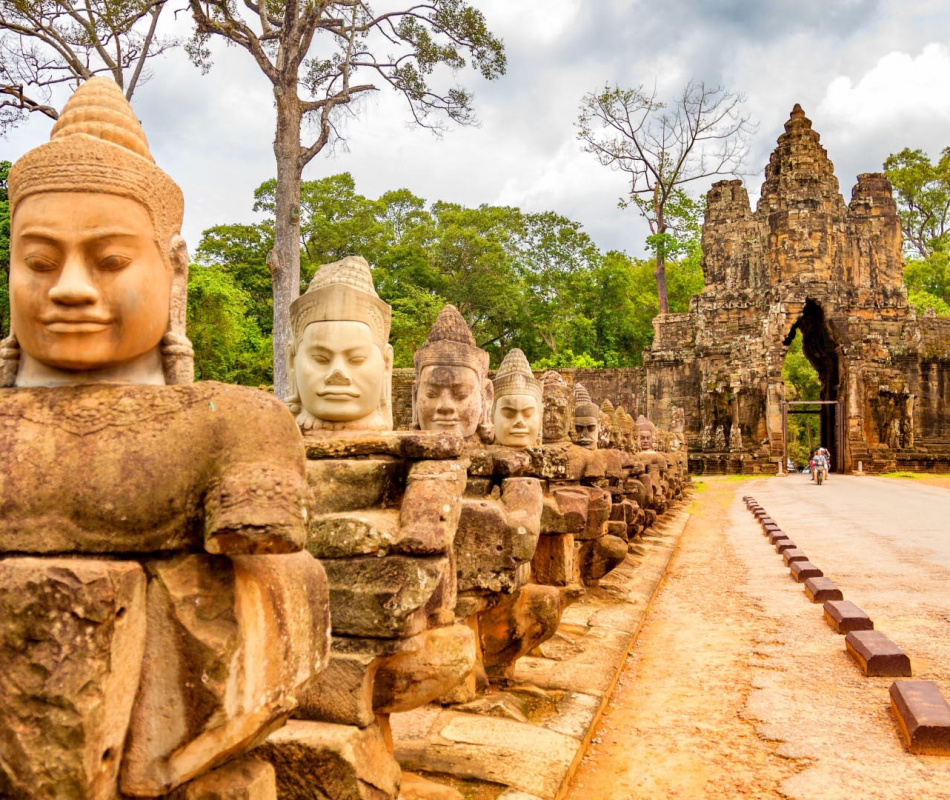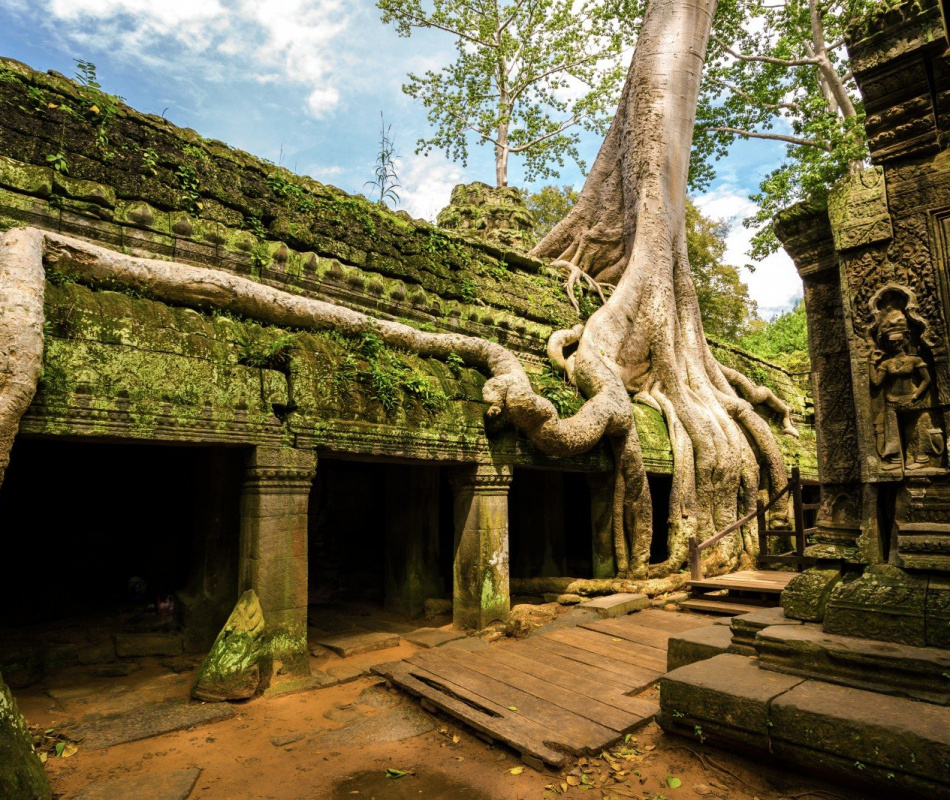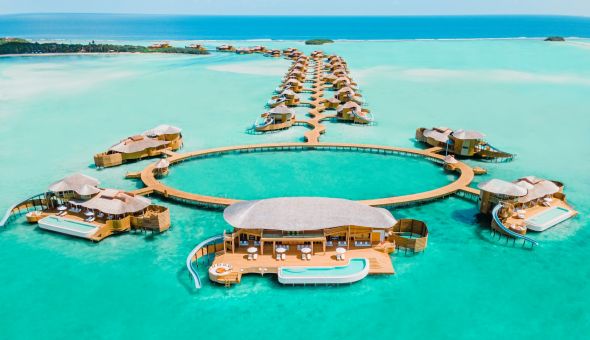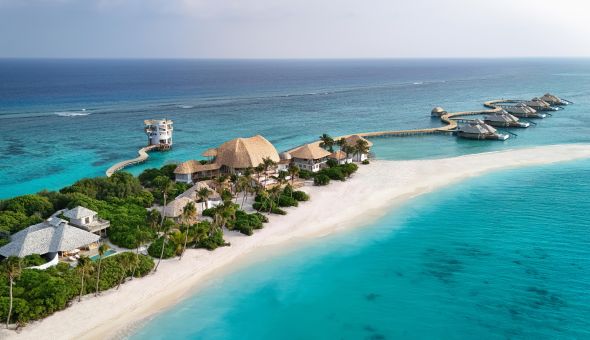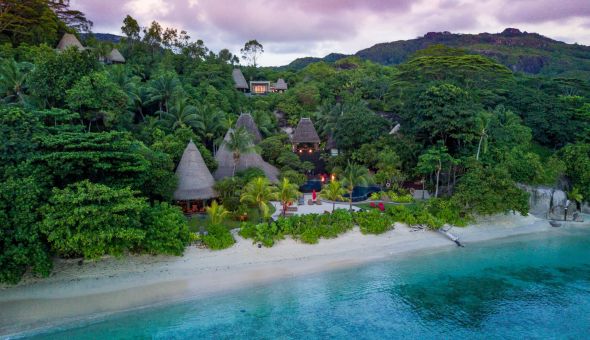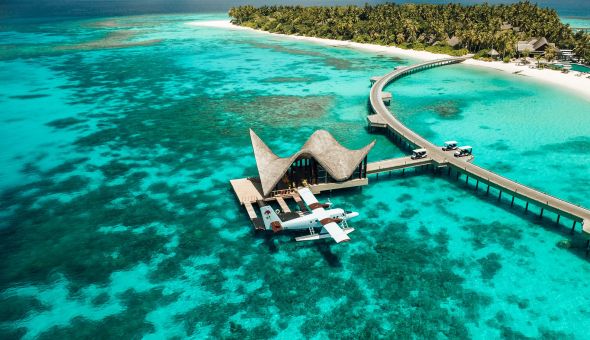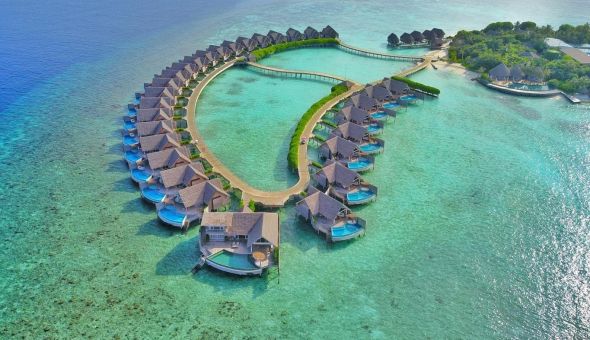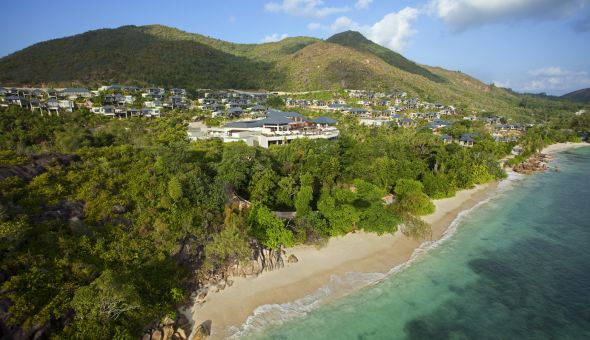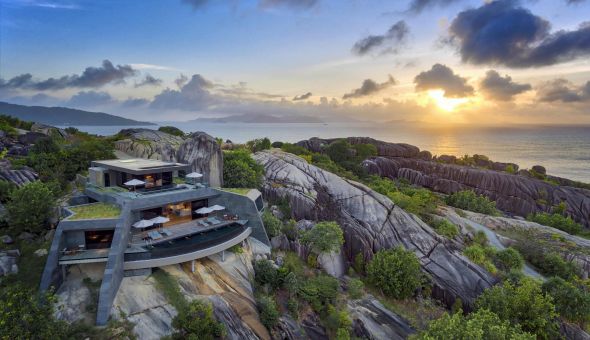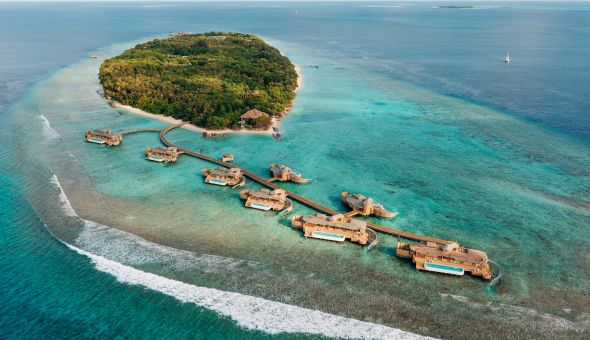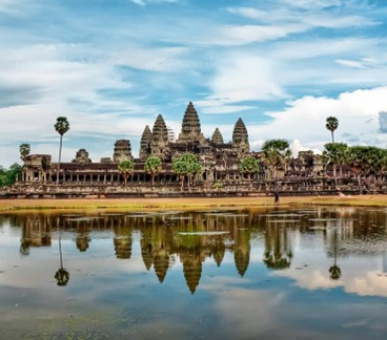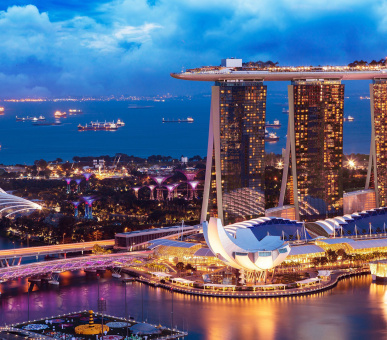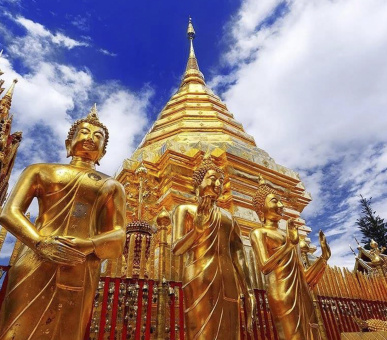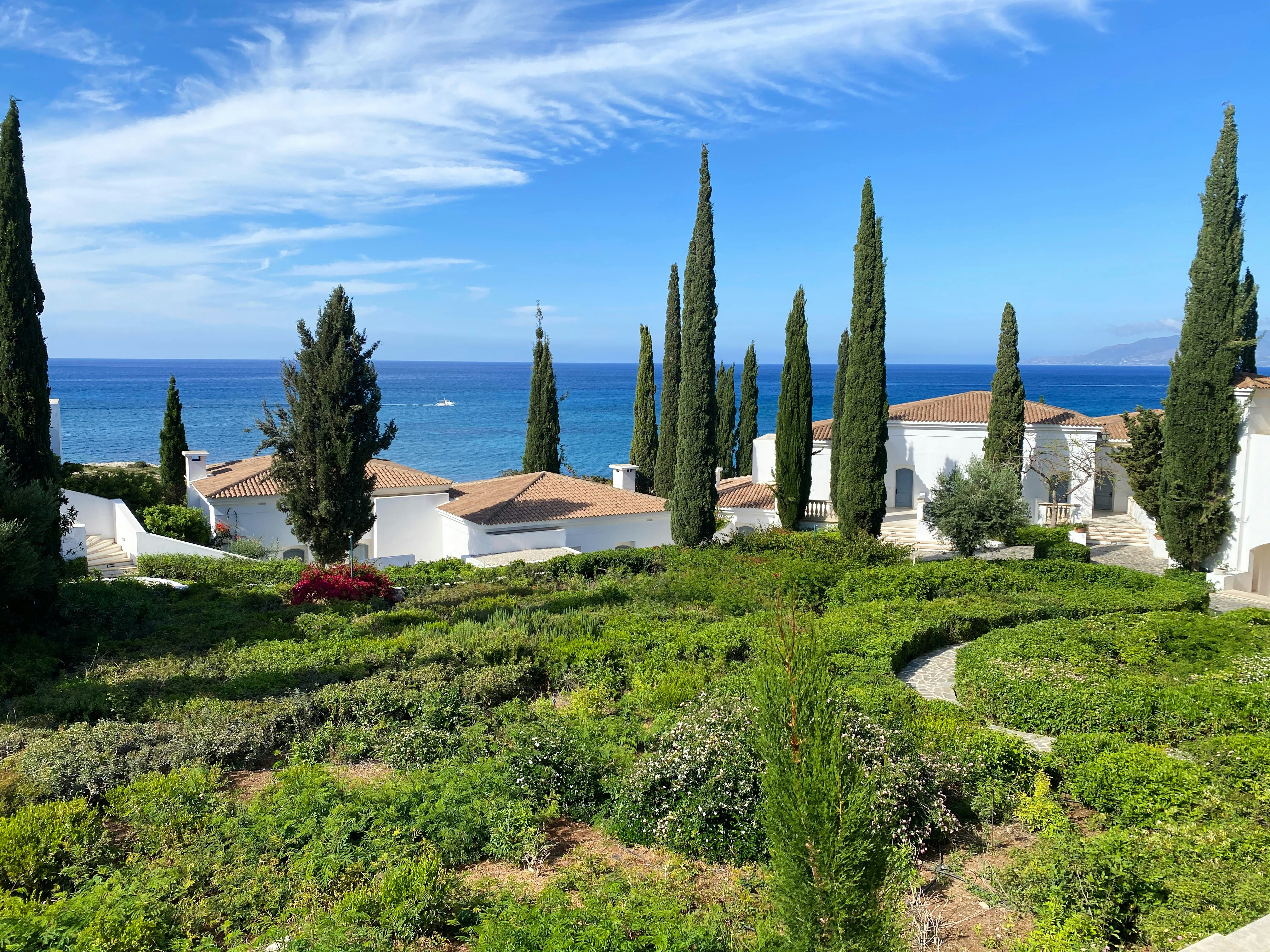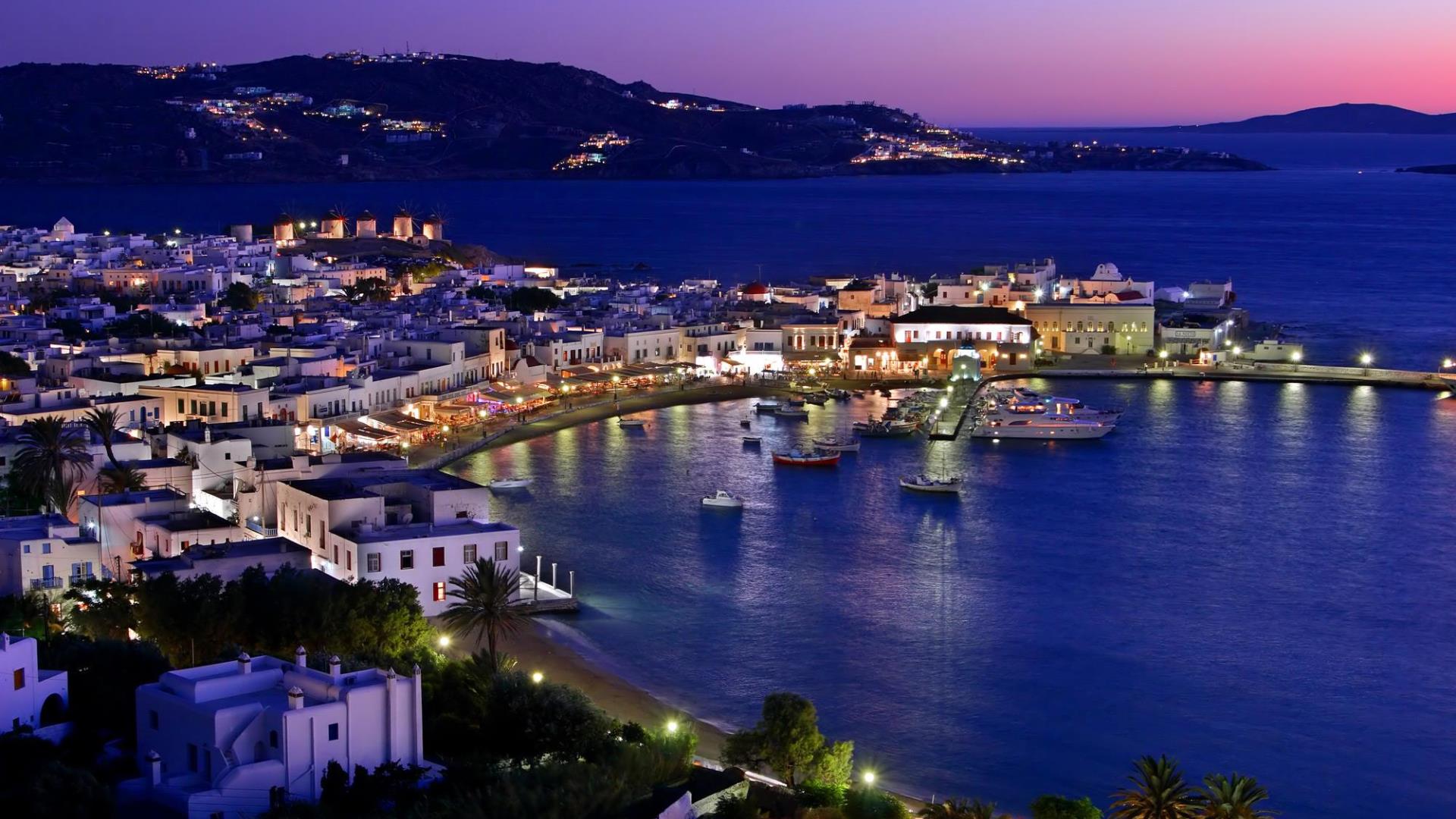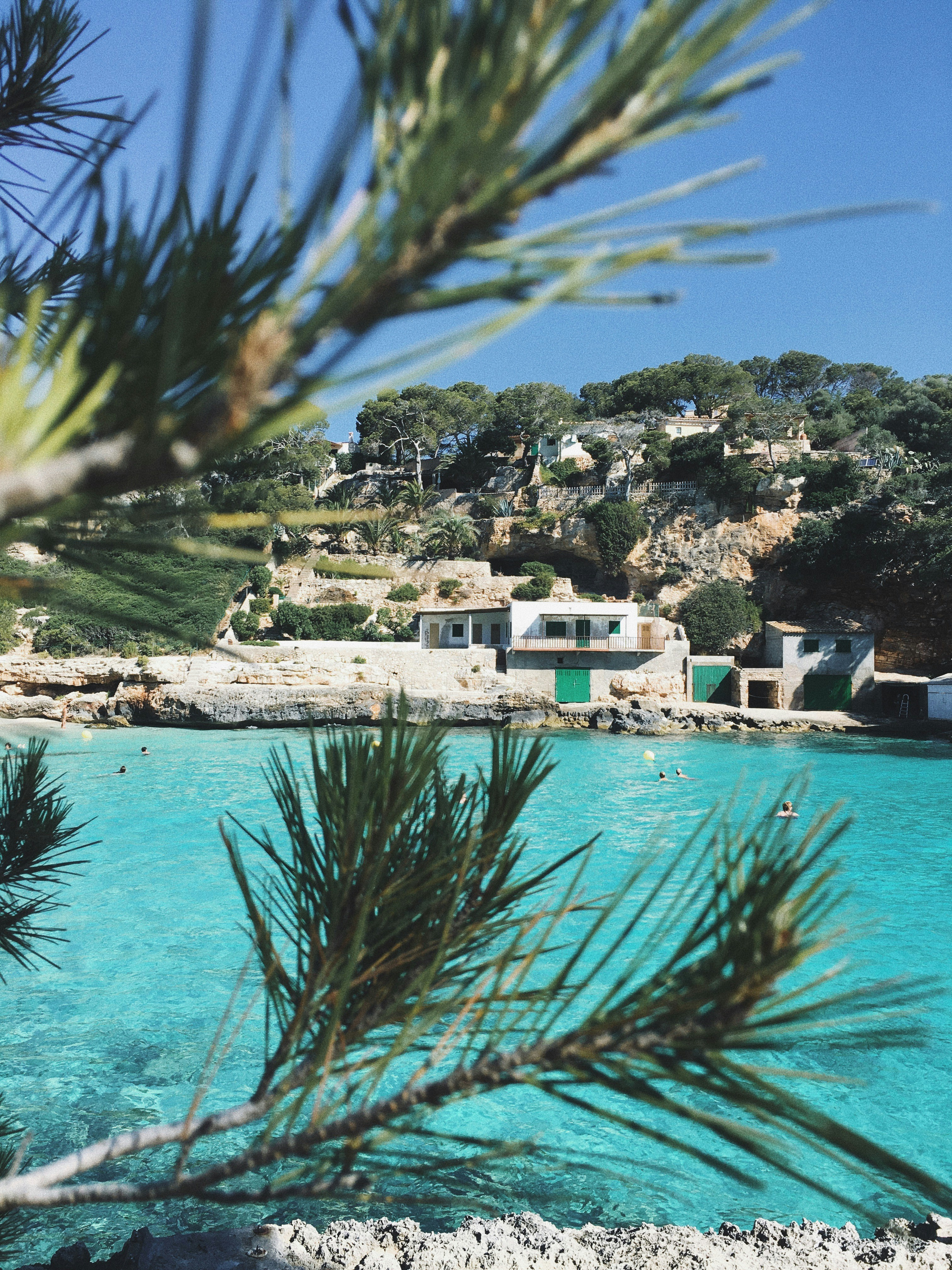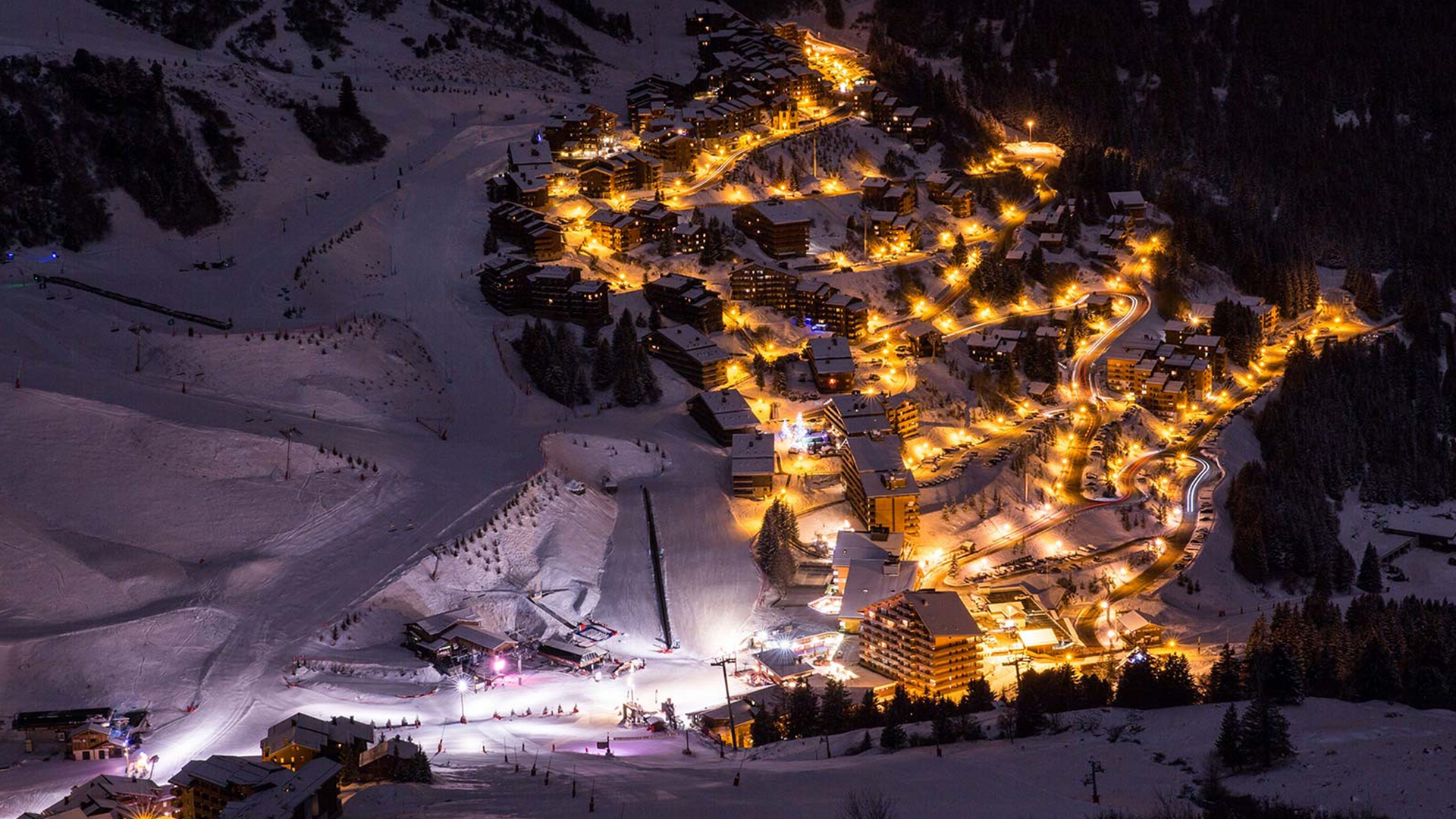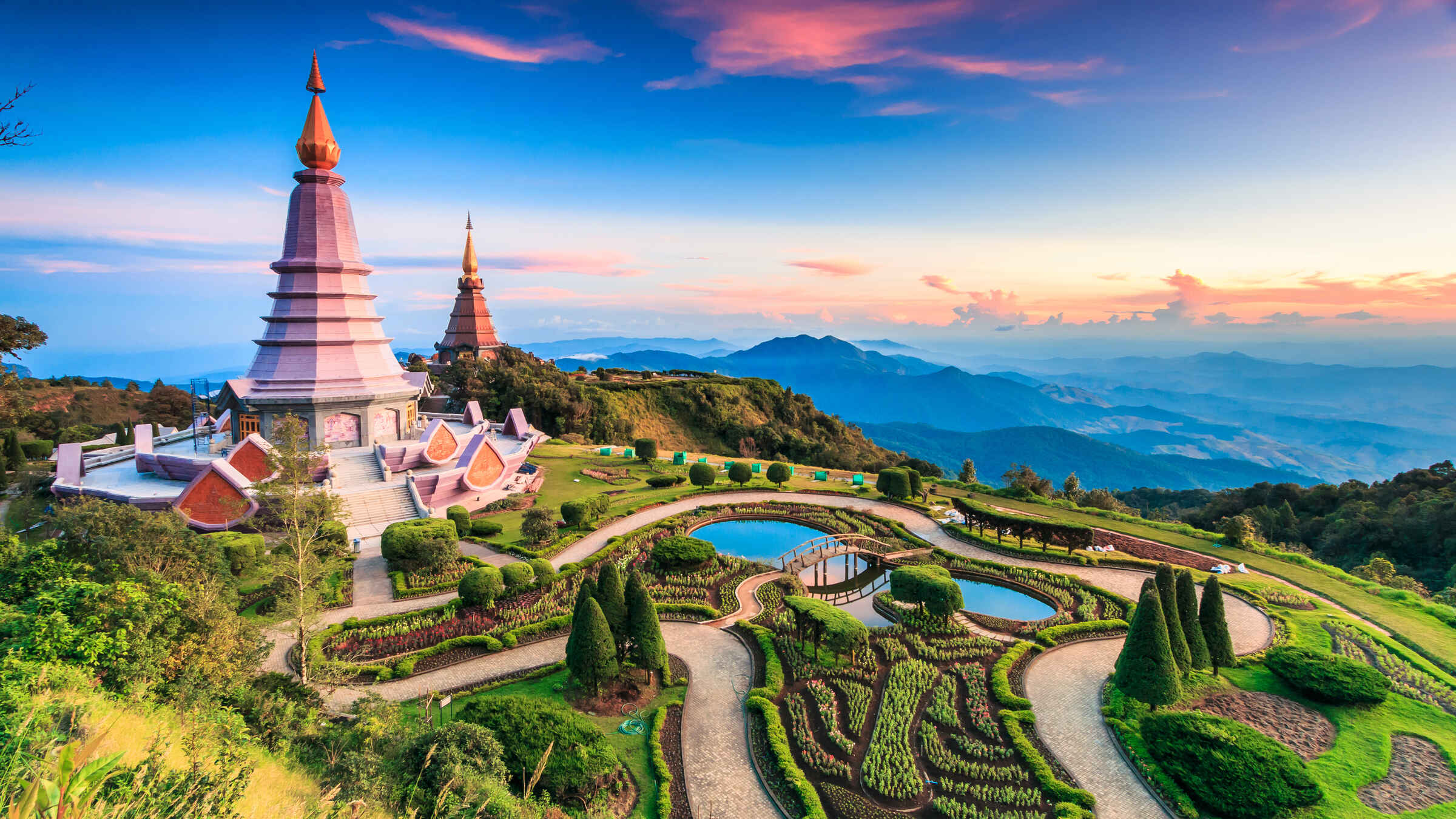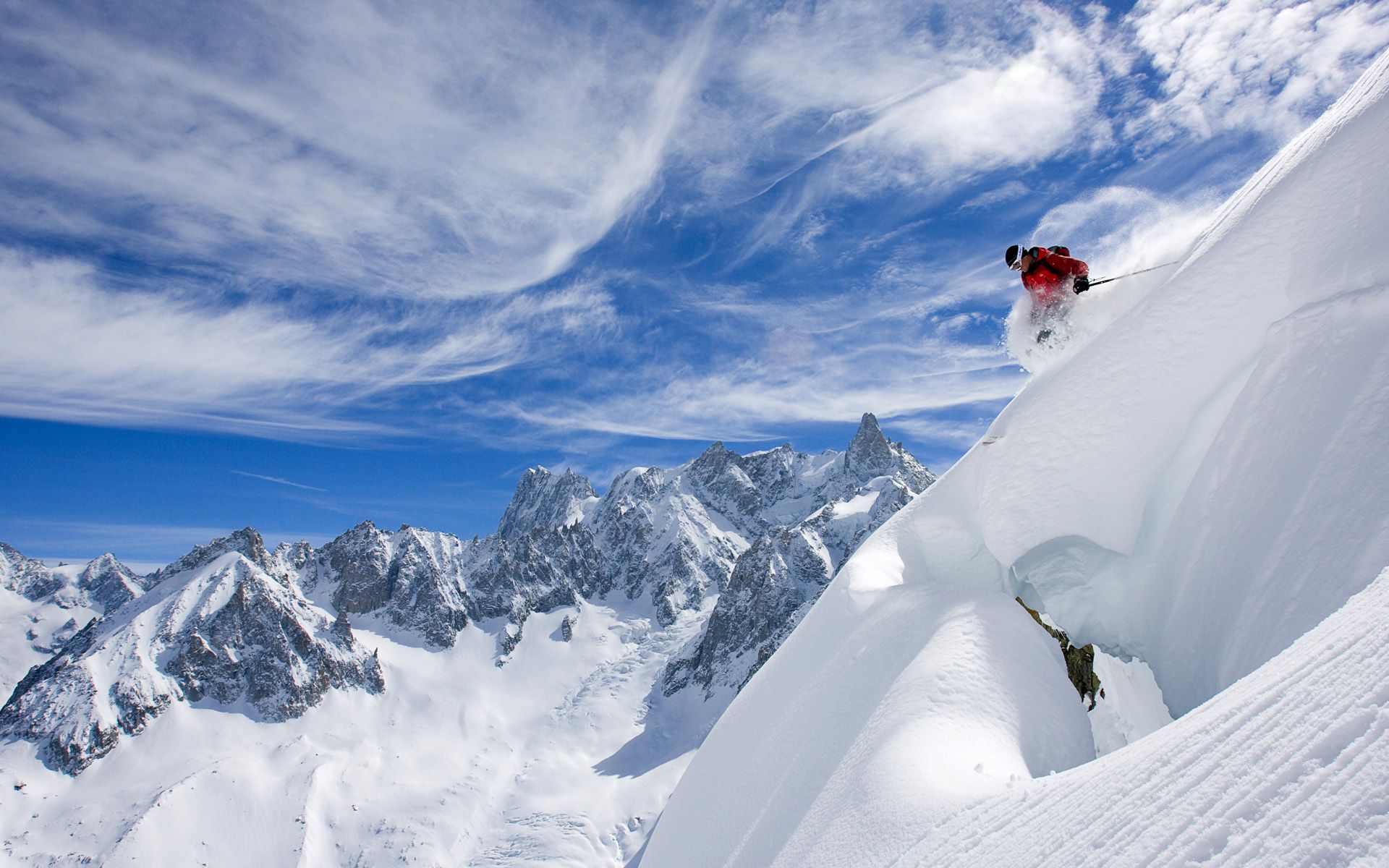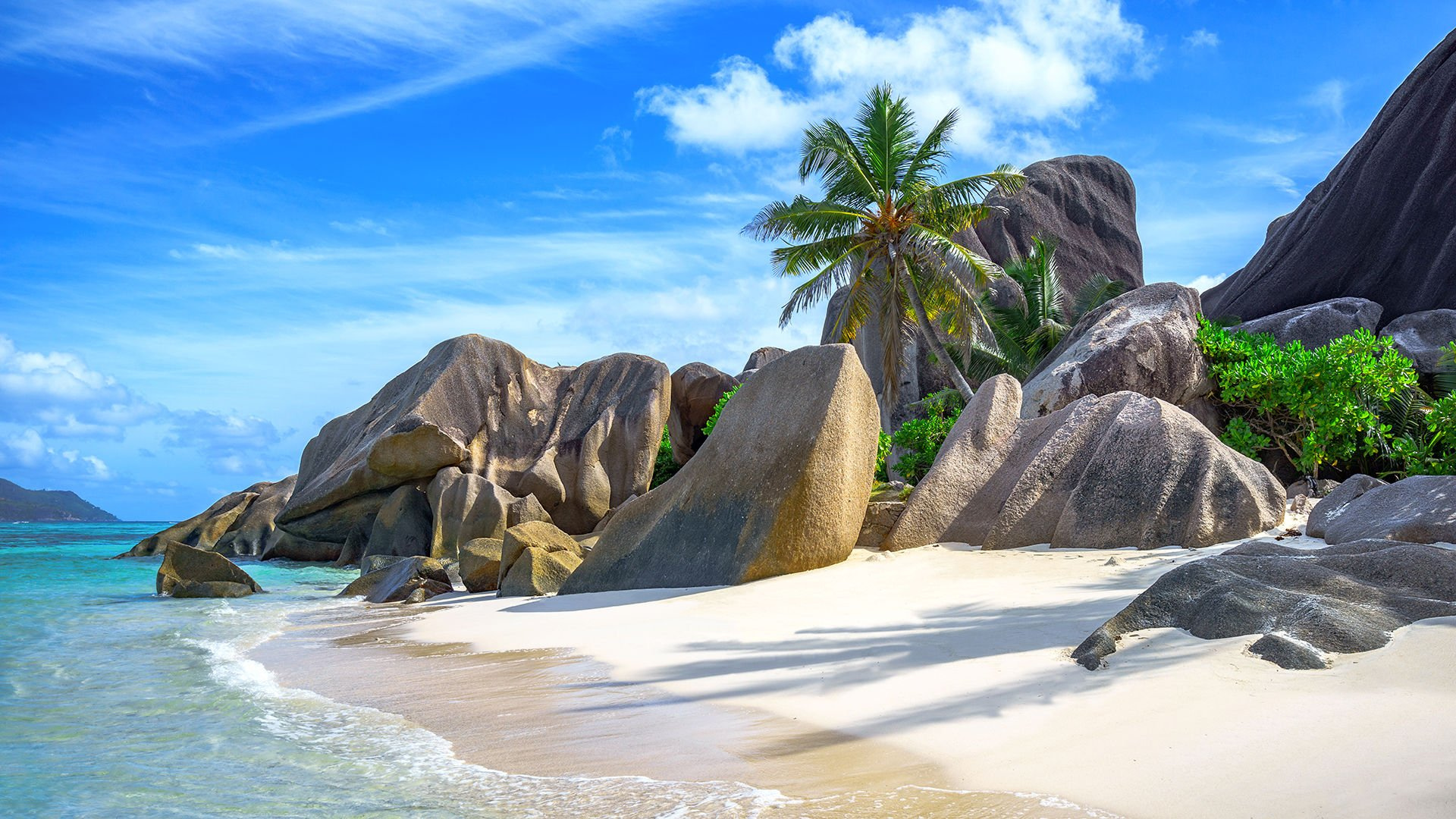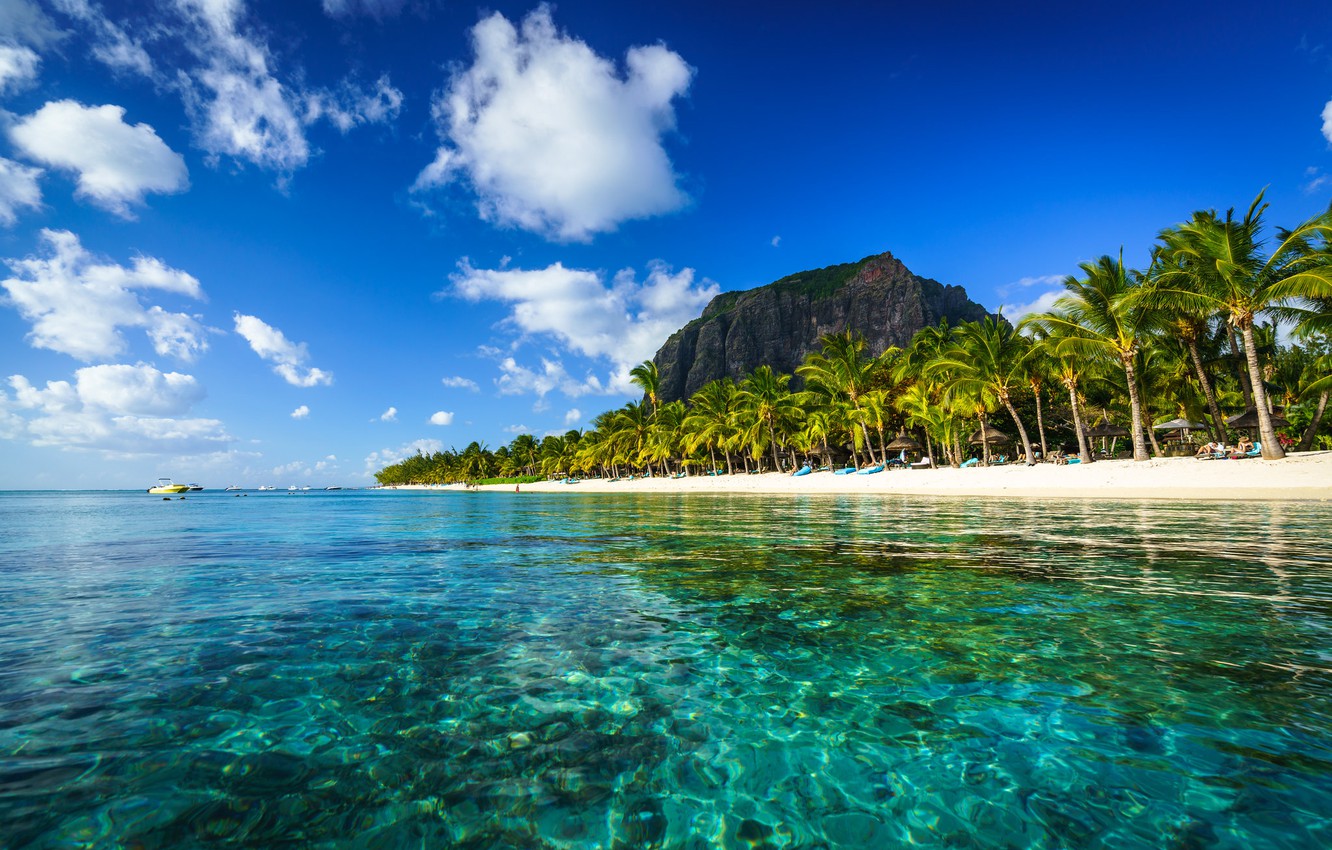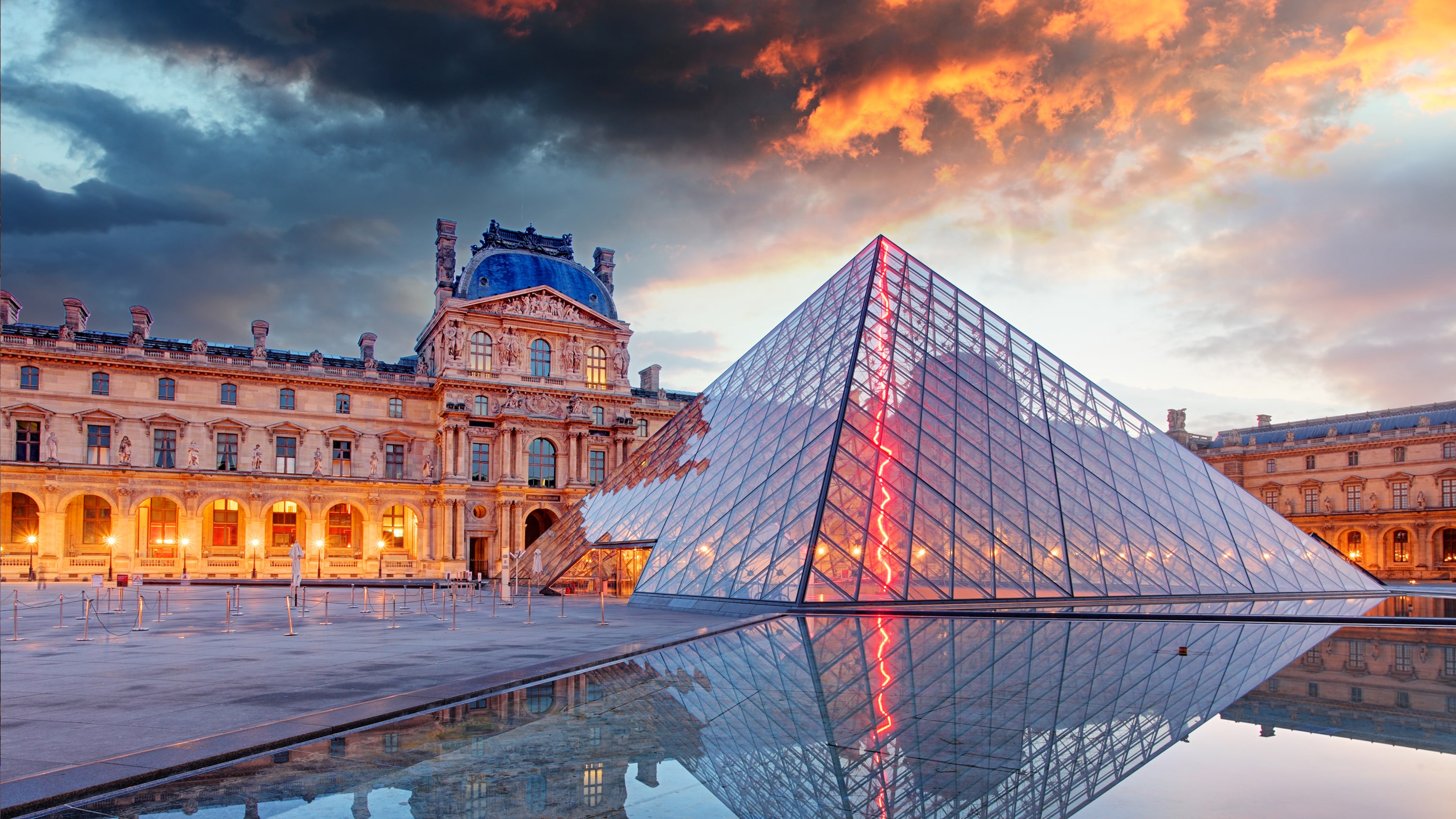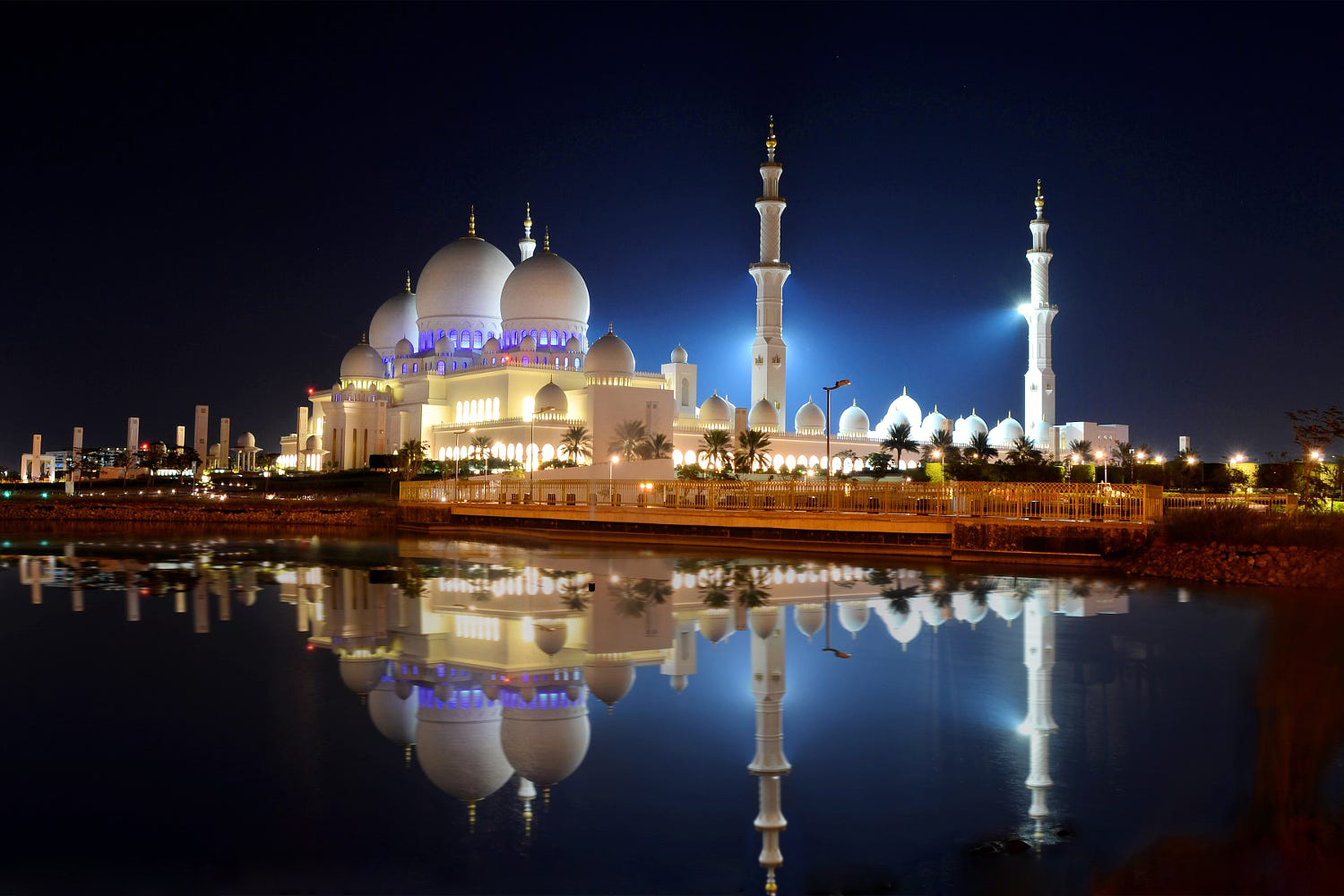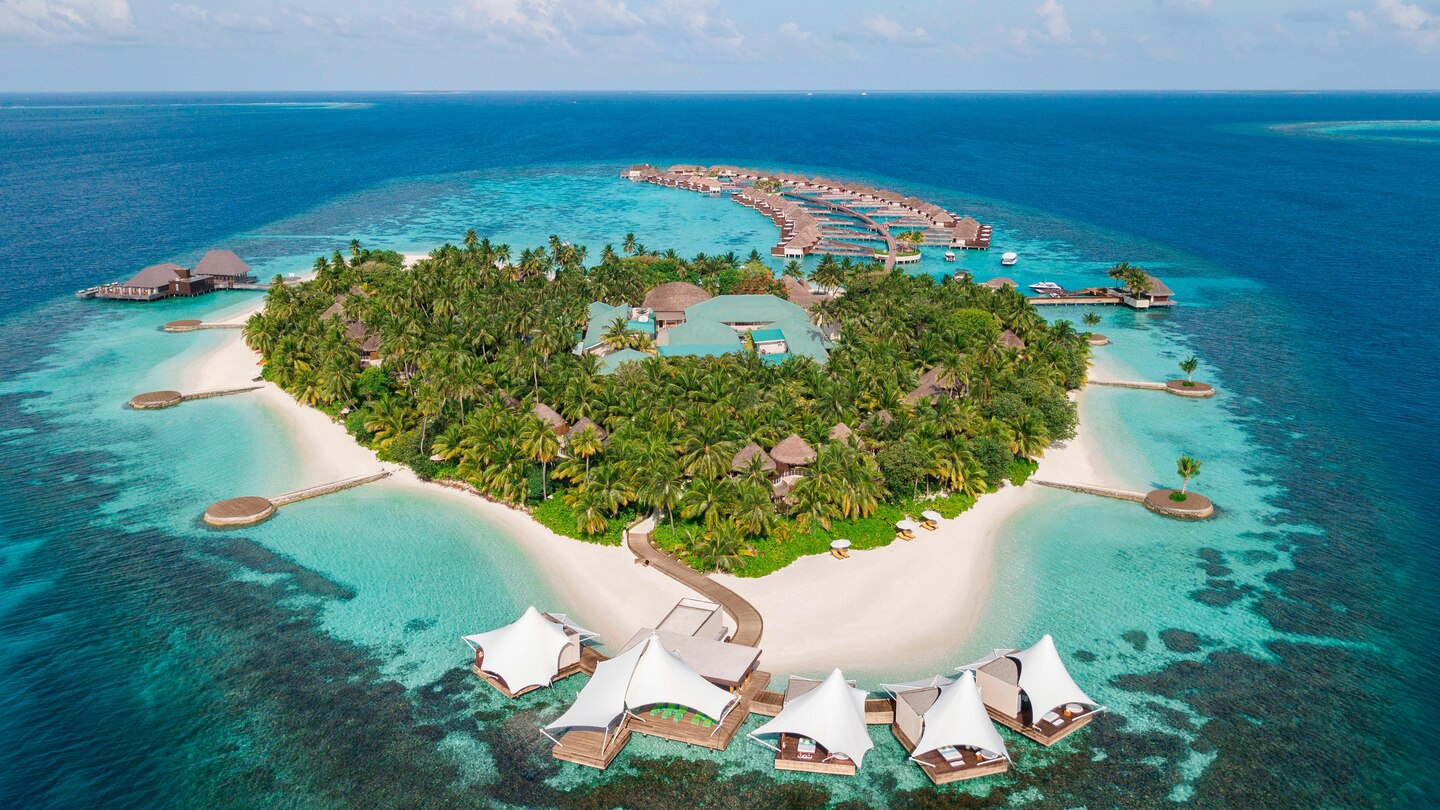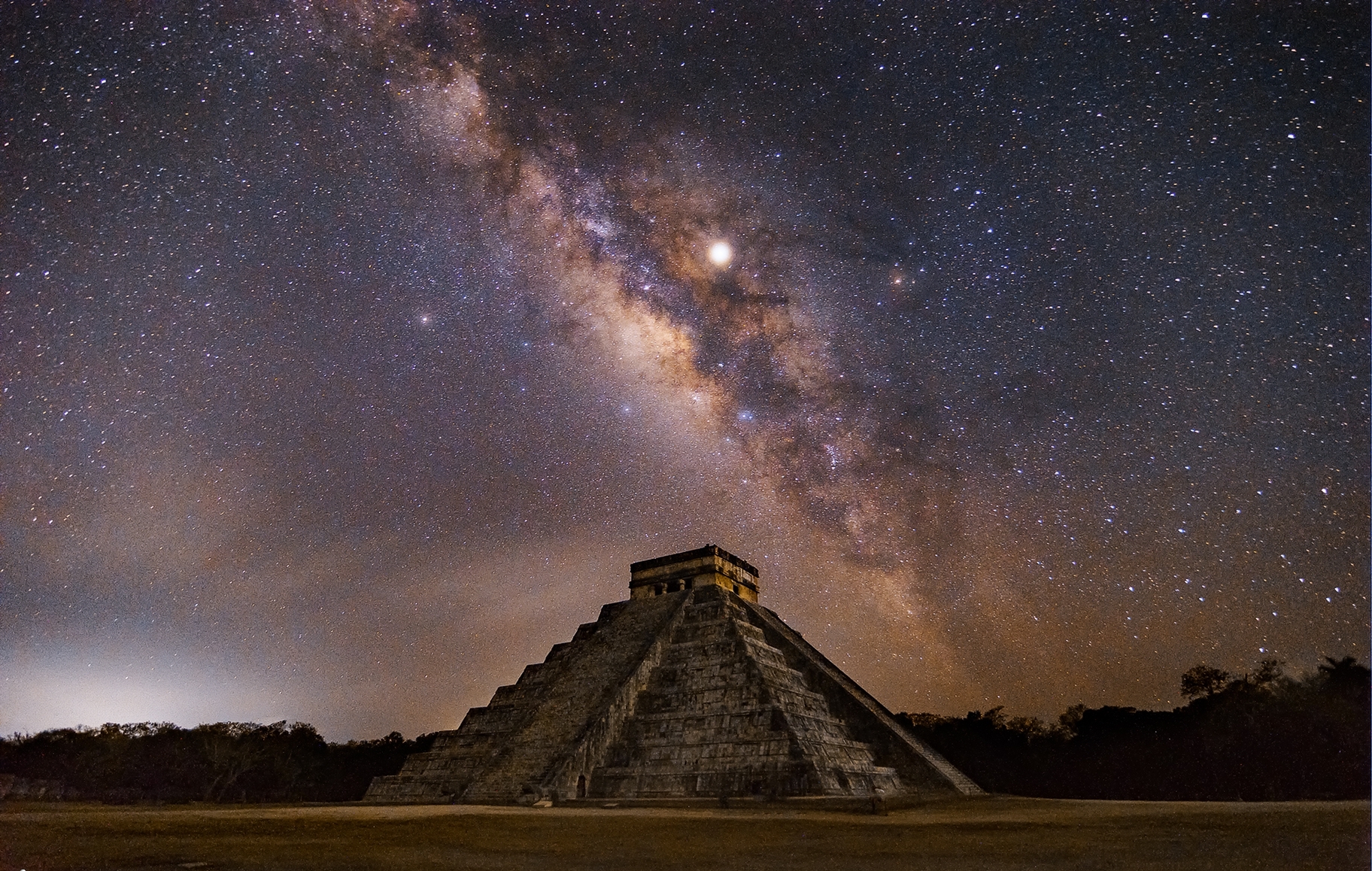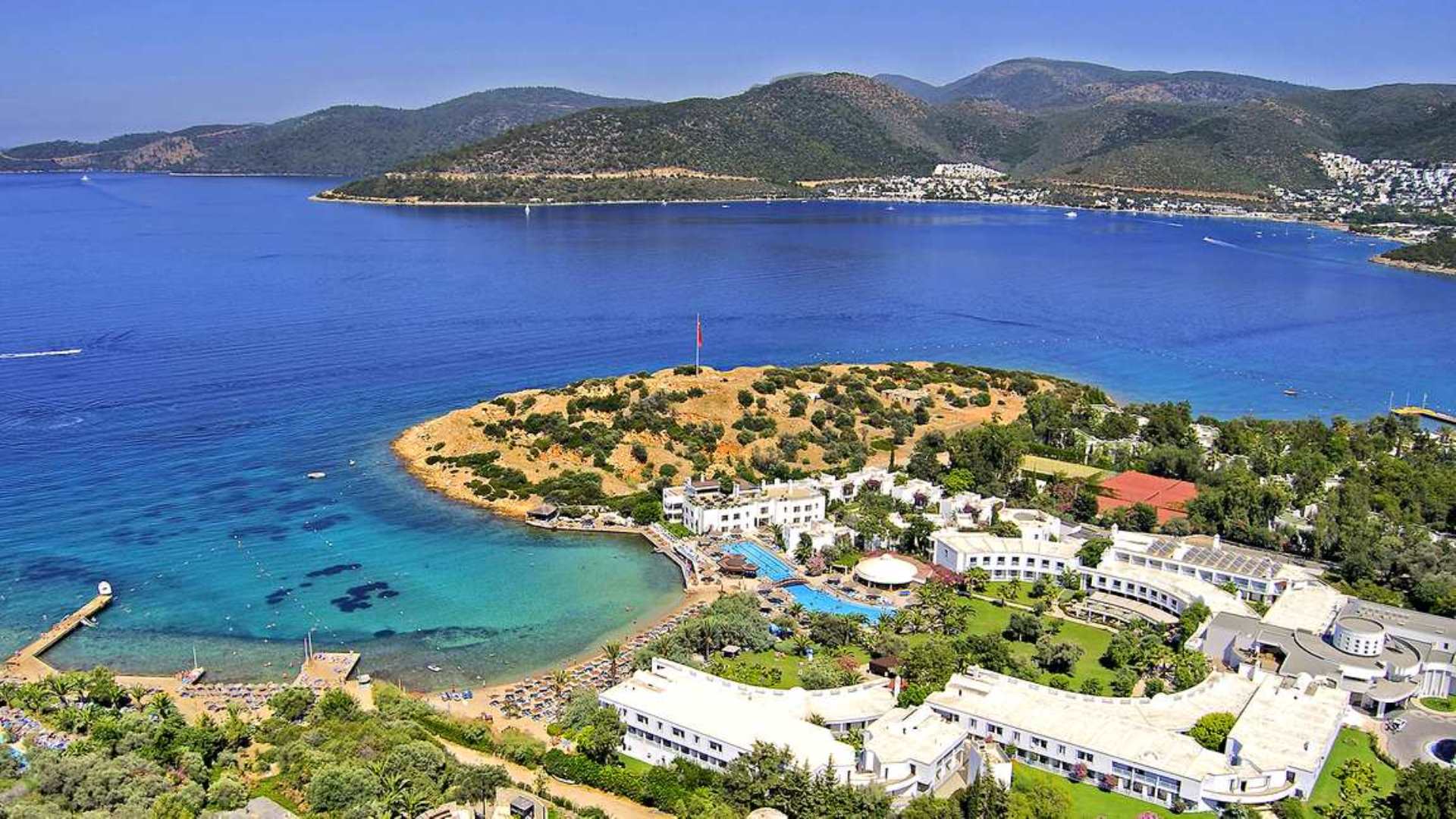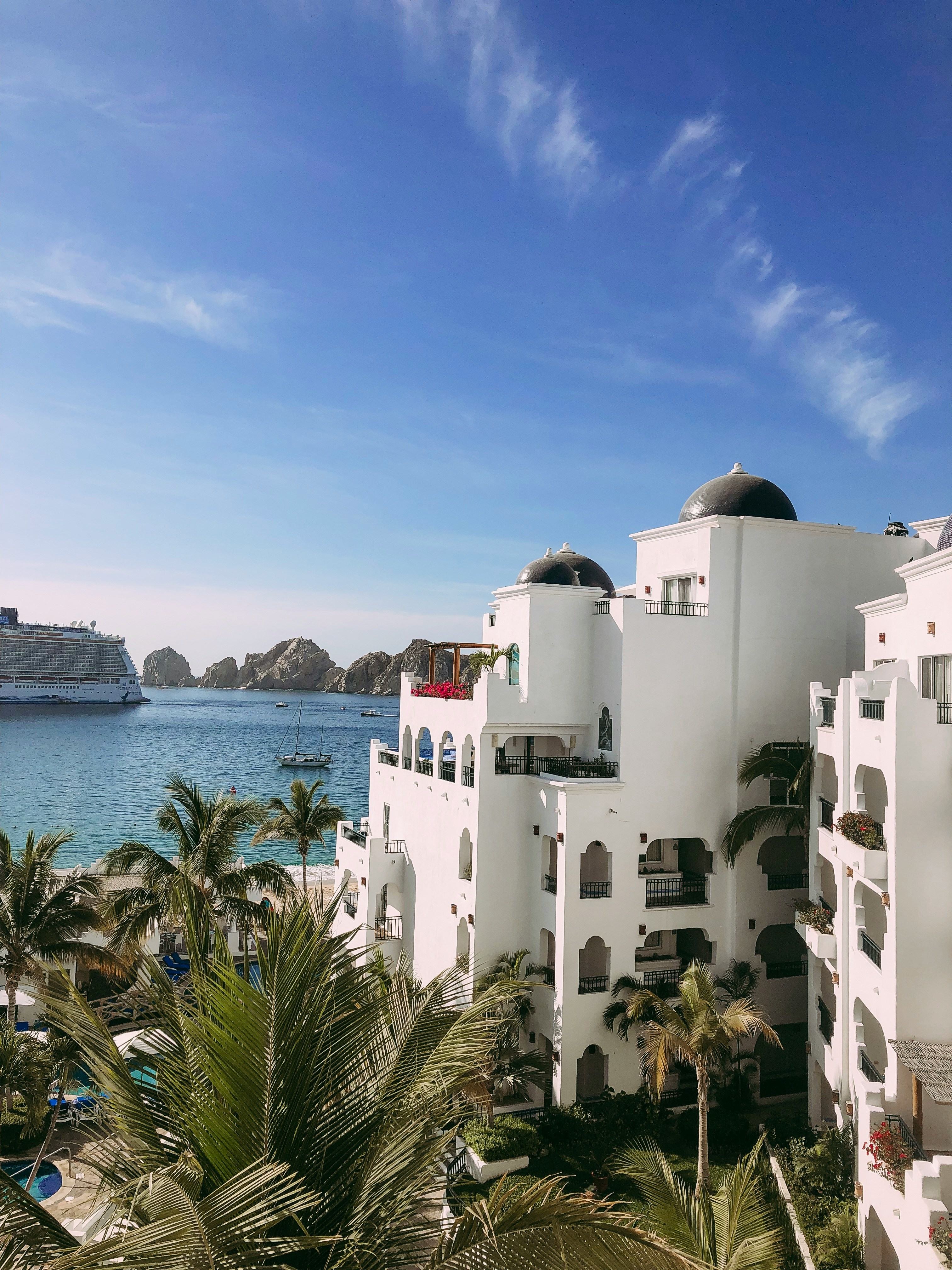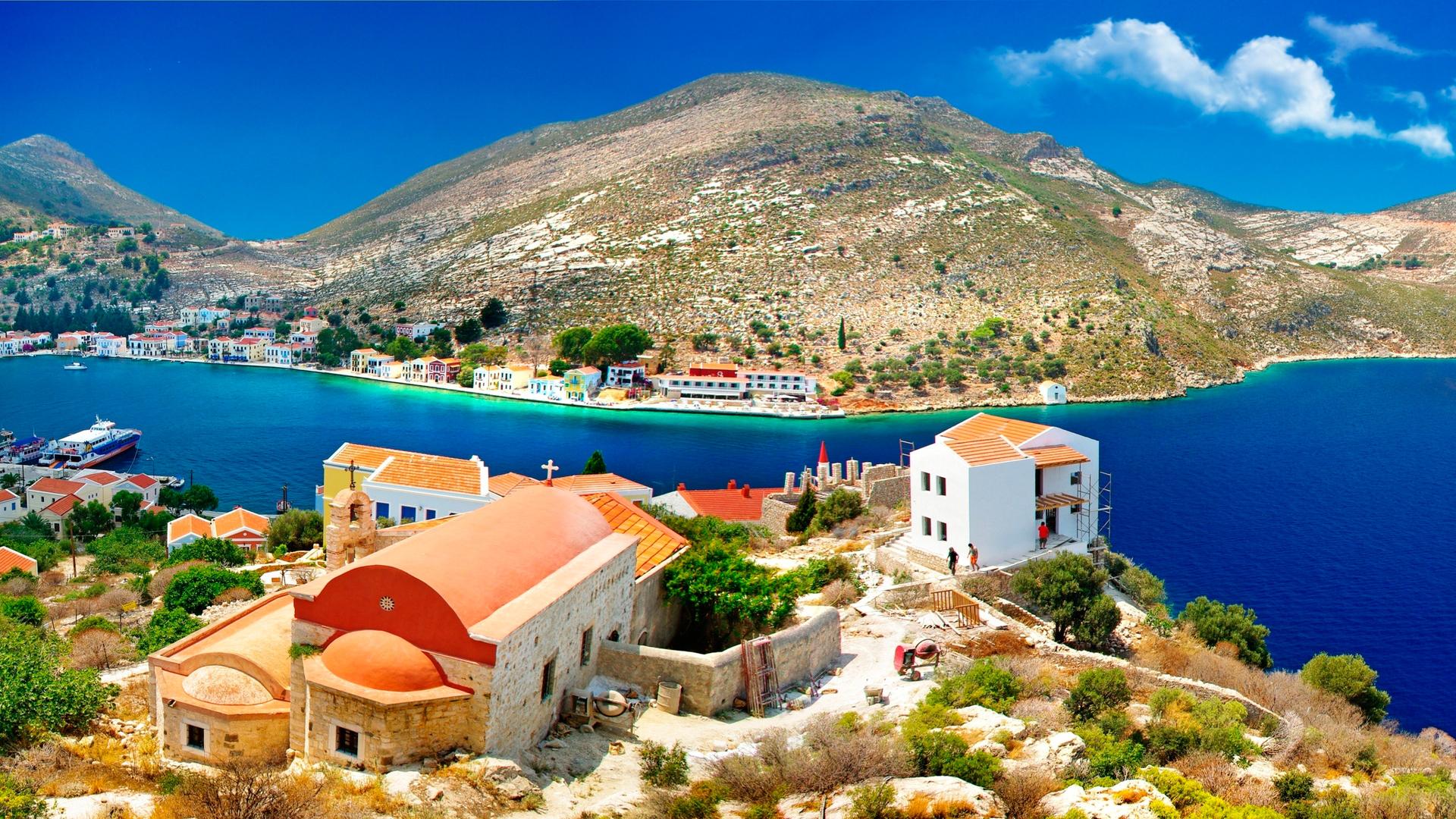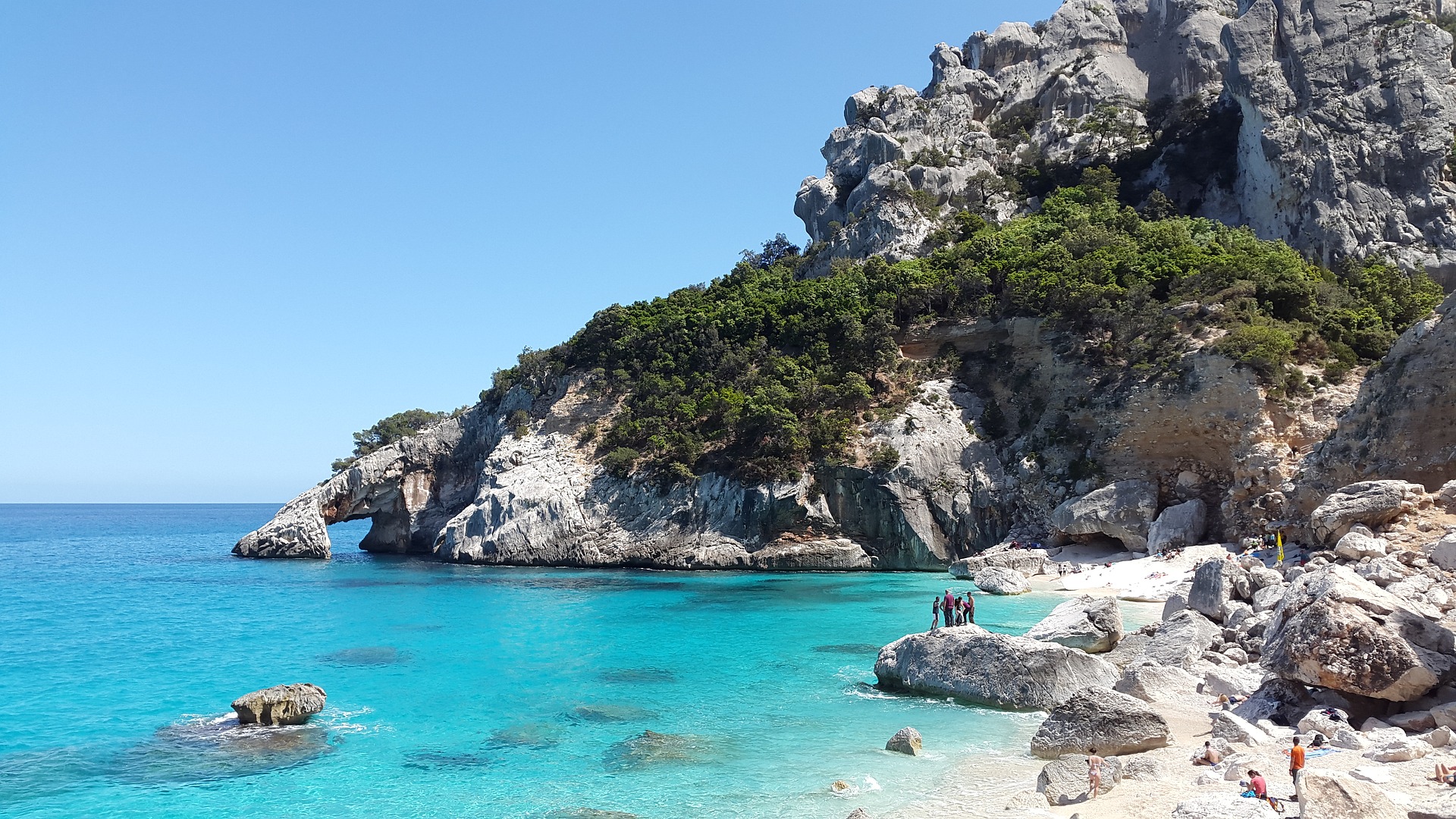The diverse towns of corn, the hills, the exotic national cuisine, the many sights, the bright sun and the soft climate, the sand beaches and savamarine waters, the small cozy bungalo or the fabulous hotel numbers are all waiting for tourists to rest in Cambodia.
The rest of Cambodia is time, lots of emotions and impressions!
Cambodia is located in the southern part of Indochita, with more than 13 million inhabitants living in 181,000 m2. This is where the king rules.
Cambodia ' s name itself is drawn from the sanskrit and is believed to be the name of its Khmer Power, which is now about 80 per cent of the population. The State was here until 612: there were wars with Siam, Viet Nam, at the end of the ninetieth, it moved into French possession and until 1945 the whole territory was occupied by Japan. Cambodia became independent in 1953 alone.
Khmers live in the south and in the Mekong Valley, the rest of the population representing the minority are from China and Viet Nam, occupied cities and large villages. Their main activities are handicrafts, wholesale and retail trade, fishing or rubber plantations. On the plains, the inhabitants are engaged in farming, mainly in the provinces of Campongchem and Campongchang, where the Chams live. In the mountains, peoples grow rice and are followers of the sub-seater system or what they call it, Ray.
The national language is Khmer, spoken by 95 per cent of the inhabitants, and used by Chinese, Cham and Vietnamese. The mountain peoples speak in their ancestral ways: jars, styengs, cuis, sometimes samra. Young people have become active in English, and older Cambodians speak French. The predominant religion is Buddhism, the minority is Catholic, and there is a small number of Caodians.
Specialities of the Kingdom of Cambodia
Combined and individual tours in Cambodia attract a large number of tourists. Enterers of active rest, extreme sports, saturated guided tour programmes will be most pleased here. Some tours could be combined - Cambodia or Thailand-Lao-Cambodia. Applied prices and quality services at the European level.
There are three main seasons for State visit: from November to January, the coldest time, from February to April, the hottest period and from May to October, the most rainy season. The mean annual temperature is +25C°. Tourism is gradually developing in Cambodia, but it is still the least known and visited country, although it is completely unreliable: there is a large number of historical, culturally relevant values for different centuries. Even the shortest tour will make it admirable to remember this ancient State, which is settled by simple, welcoming and friendly people.
Cambodia ' s main features
Most of Cambodia ' s cultural heritage has been preserved to date, although it has had much to live, especially during the policy period of the Red Khmers, which was called the " clean State " . Then more than two million people died and many works of art.
Modern rest in Cambodia cannot be imagined without the royal ballet, which clearly and emotionally shows the connection between the past and the present. The Yava dances, India, Thailand are at the core. During difficult historical periods, this type of art was on the verge of extinction, but the surviving squirrel managed to preserve and restore the beauty of the national suit.
The most famous historical monument of Anguilla occupies
about 200 m2. This huge set of majesty palaces and temples was the capital of the Khmer State in the ninth century. The outer side of the building walls is decorated by a variety of barelefs, among which the heroes of Ramayana, the god of Vishna and the King ' s militant bonds can be distinguished. The world ' s largest cult is the Temple of Anguilla-Wat, and its quotation is the Anguilla-Th. There were still some 100 structures under UNESCO control in 1992.
Any recreation in Cambodia involves a visit to the town of Roloos, the capital of the Jayawarman II government, which established all the Khmer State. The Buddhist monastery is still in operation in the Loley temple, and the Baconga is considered to be a five-tier architecture: it is a sanctuary surrounded by three powerful walls that create protection and a deep mouth between the first and the second wall.
Now the capital is Phnom Penh, a large port that erupted on the Tonlesap River was built in the fourteenth century. It's very collotic and beautiful, the most frequent areas of the Royal Palace, the National Museum and the French villa.
The Queen ' s Palace consists of the Tronnel, three pavilions: Slona, Napoleon III and Chan Chaya, and the Royal Treasury. You have to look at the Golden Statue of the Buddha in Pre-Vicher-Keo-Morakot and the luxurious King's gardens. It won't be possible to visit the palace itself because the entrance is closed, but all the nearest buildings are free. Historians will necessarily appreciate the Khmer History that has been preserved at the National Museum: many collections of different ages, starting from the sixth century, are presented here.
Cambodians
In the southern part of the country, Sianukville ' s most famous sea resort has been located, and it is also known as the city of Rybak or the Coastal City. A small, cozy and developing economy is based on fisheries, trade and tourism. This area is famous for the magnificent gold beaches, the clean waters of the Siamsk Bay and the exotic palm groves. The most popular beaches: Victoria Beach, Sokha Beach and Hawaii-Wu. Continuously clean water has a divinga and a snorkeling, and it is possible to ride.
water skis, swim or ski. The resort offers many modern comfort hotels, five-, four- and three-stars, wishing to remove the local bungalow.
Batttambang is located in the north of the country: this city is not in a hurry and remains enchanted by the colonialist style, and its main attraction is an old, beautiful French quarter on the very bank of the river. It's got a lot of restaurants to try a real Cambodian, Chinese and Thai kitchen. Sunrise Coffeehouse and Phkay Proek are most popular. Souvenirs and shopping can be found in local markets: Psar Nath has a huge choice of meat, fruit and vegetables, and Da Nine Market can purchase various memorable little things or things necessary for each tourist.
Kep offers comfort in Cambodia to those who love sea walks, gold beaches and painting nature. Favorite and nutrient crabs will be able to dig this delicate here by hunting them themselves or buying them from local residents. Previously, it was a very popular resort among the French elite, the tourists here are now depressed, but it's possible to rest from the city's loom, and to make a small trip to the uninhabited island of Rabbit, located near the city, that will deliver a mass of unforgettable emotions and impressions. Kep is gradually developing and will soon return the title of the famous resort.
Climate and seasonality
If you thought that the rainy season in Cambodia was a flood, inconvenience and despair, it was nothing. It's the opposite. After a long semi-annual drought, nature is revived. There are a wide variety of plants around here that finally waited for the desired moisture. It is during this period that the mighty jungle is struck by its beauty. The hands and rivers that have almost crossed during the absence of rain are filled again and are happy with their cricket.
Don't think it's raining all the time. No. Nature has its own schedule, if you can say so, which can be quickly adapted. The rain usually takes place at night and the day is warm and solar weather, which is quite suitable for tourist walks and guided tours across the country.
Roads are getting much smaller during this period, but it's easy to travel on water, and then the review of sight will give you more pleasure. The improvised waterways during the rainy season become an efficient, unusual and extremely pleasant way of movement.
| Jan. | Fev. | March | Apr. | May | June | July | Aug. | Sen. | Oct. | Noodles. | Dec. |
| Temperature | +26 °C | +27 °C | +28 °C | +29 °C | +29 °C | +28 °C | +28 °C | +28 °C | +28 °C | +27 °C | +27 °C | +26 °C |
| Precipitation rate | 8 mm | 10 mm | 36 mm | 79 mm | 145 mm | 147 mm | 152 mm | 155 mm | 226 mm | 251 mm | 140 mm | 43 mm |
| Days | 1 | 1 | 2 | 6 | 14 | 15 | 16 | 16 | 19 | 17 | 9 | 4 |
